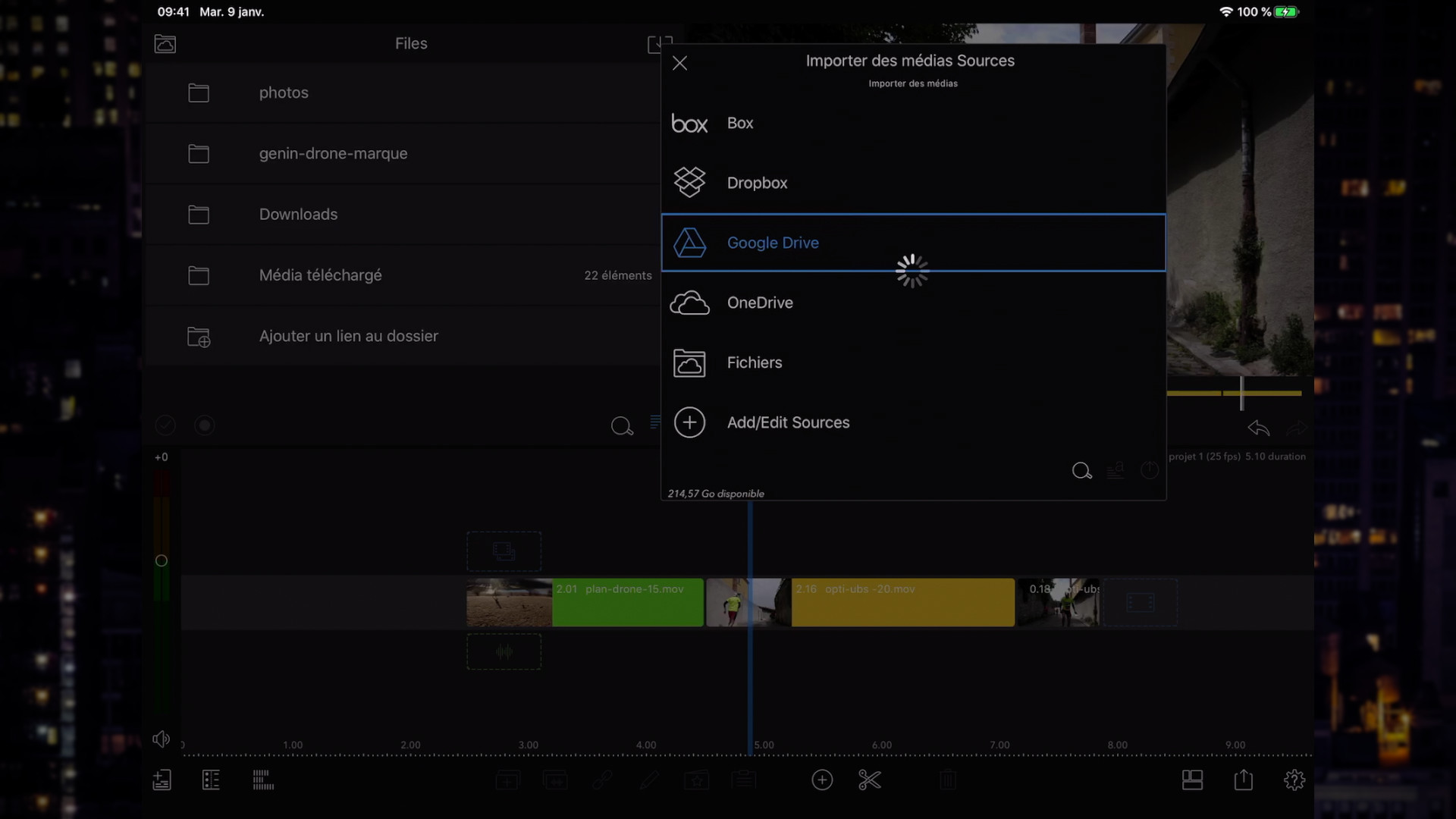

Set VISP_DIR environment variable $ echo "export VISP_DIR=$VISP_WS/visp-build" > ~/.bashrc.Create a build folder and build ViSP $ mkdir -p $VISP_WS/visp-build.Install a small number of recommended 3rd parties $ brew install opencv glog eigen.In this section, we give minimal instructions to build ViSP from source just to try ViSP without entering in Advanced ViSP installation. In a terminal, run: $ echo "export VISP_WS=$HOME/visp-ws" > ~/.bashrc This workspace is here set to $HOME/visp-ws folder, but it could be set to any other location. At the time this tutorial was written, we installed XQuartz-2.7.11.dmg file.įirst create a workspace that will contain all ViSP source, build, data set and optional 3rd parties. Go to, download and install the dmg file. $ echo "export PATH=/usr/local/bin:$PATH" > ~/.bashrc You will need to add /usr/local/bin to the PATH environment var in your ~/.bashrc or ~/.bash_profile to have Homebrew be at the front of the PATH.Next use Homebrew to install additional software.Note Concerning ViSP installation, we provide also other Tutorials. These steps have been tested with macOS Big Sur 11.6.2 and cmake 3.22.1.
#SYMLINKER MAC TUTO EXEMPLE HOW TO#
In this tutorial you will learn how to install ViSP from source on macOS with Homebrew. dyld: Library not loaded: /usr/local/opt/glog/lib/libglog.0.3.5.dylib.Importing the multiarray numpy extension module failed.Application built with libpng-1.5.18 but running with 1.6.17./usr/local/lib/pkgconfig is not writable.CMake Error in /usr/local/share/pcl-1.9/PCLConfig.cmake.Which are the 3rd party libraries that are used in ViSP ?.Which are the targets that could be run with make ?.How to take into account a newly installed 3rd party.


 0 kommentar(er)
0 kommentar(er)
